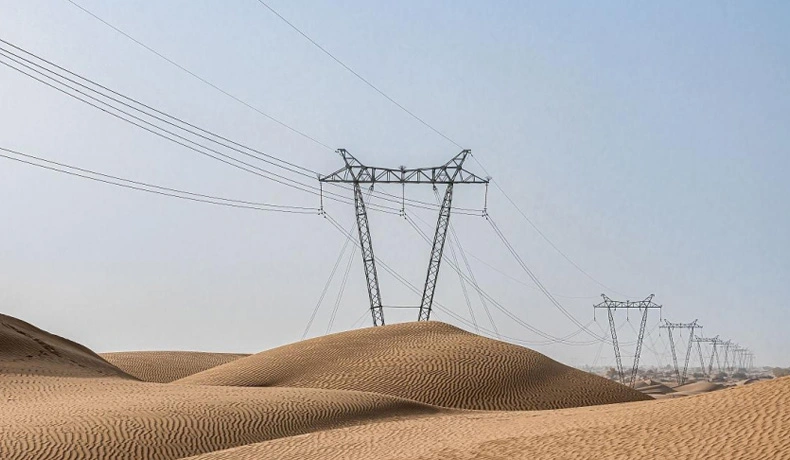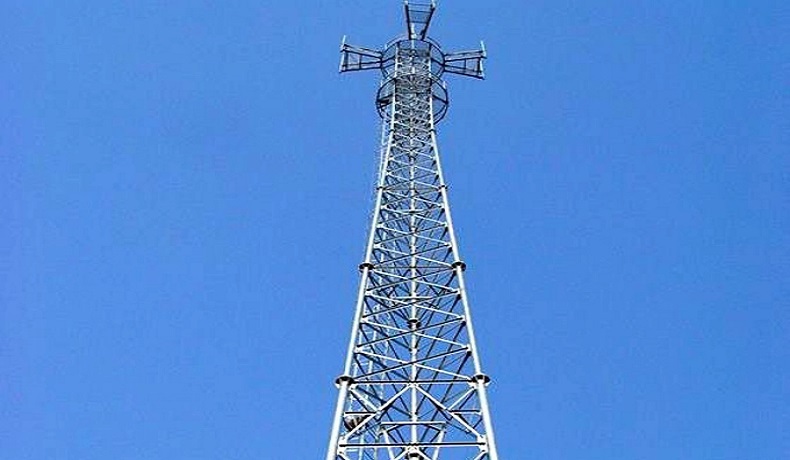
Designing electric transmission tower is a multifaceted process that requires meticulous attention to various engineering parameters to ensure the safe and efficient transmission of electrical power. Key considerations include:
Structural Load: Accounting for static and dynamic loads such as the weight of conductors, wind forces, and potential seismic activity.
Material Selection: Choosing materials like high-quality steel for their strength, durability, and cost-effectiveness.
Geotechnical Conditions: Assessing soil properties to design appropriate foundations that provide stability and support.
Electrical Requirements: Ensuring adequate clearances and insulation for the voltage levels carried by the transmission lines.
Climatic Factors: Considering local weather conditions, including wind speeds and temperature variations, to enhance resilience.
The installation of transmission towers is a critical phase that demands precision and adherence to best practices. Common methods include:
Build-Up Method: Assembling the tower piece by piece on-site, suitable for various terrains and minimizing transportation challenges.
Section Method: Pre-assembling major sections on the ground and then lifting them into position using cranes or gin poles, expediting the erection process.
Ground Assembly Method: Fully assembling the tower on the ground and then hoisting it into place, ideal for flat terrains.
Helicopter Method: Utilizing helicopters to transport and position tower sections, beneficial in remote or inaccessible areas.
At Junjiang, we meticulously plan each installation, conducting thorough site surveys and employing the most suitable erection methods to ensure structural integrity and safety.
Regular maintenance and inspections are vital to prolong the lifespan of transmission towers and ensure their reliable operation. Key practices include:
Visual Inspections: Conducting periodic checks for signs of wear, corrosion, or structural damage.
Structural Assessments: Evaluating the integrity of bolts, joints, and welds to detect any weaknesses.
Corrosion Control: Applying protective coatings and addressing any areas affected by rust or environmental factors.
Grounding System Checks: Ensuring that grounding components are intact and functioning correctly to protect against electrical faults.
Implementing these maintenance routines helps in identifying potential issues early, thereby preventing costly repairs and ensuring continuous operation.
Transmission tower projects often encounter several challenges, including:
Adverse Weather Conditions: Designing towers to withstand extreme weather events such as high winds and heavy snow loads.
Difficult Terrains: Implementing specialized erection methods like the helicopter method in inaccessible or rugged landscapes.
Corrosion: Utilizing hot-dip galvanization and regular maintenance to protect against rust, especially in coastal or polluted areas.
Regulatory Compliance: Adhering to international and local standards to ensure safety and reliability.
Transmission towers are engineered to withstand extreme weather conditions and high-stress environments, making them the backbone of any power grid. Made primarily from high-quality steel, these towers need to be both robust and adaptable, capable of supporting heavy transmission lines that carry high-voltage electricity across regions.
At Junjiang, as a reliable steel tower factory, we not only provide high-quality products, but we also offer comprehensive services, from design optimization and technical consultations to custom manufacturing and surface treatment. Our commitment is to ensure that every transmission tower we produce not only meets but exceeds the expectations of our clients, whether they are located locally or abroad.
